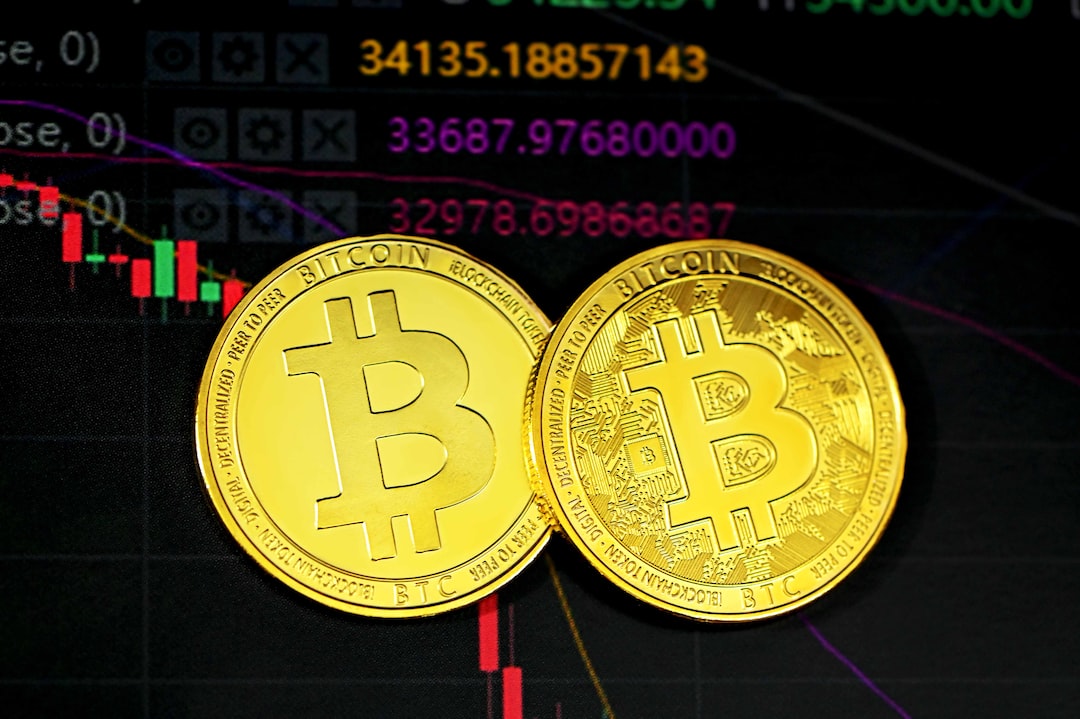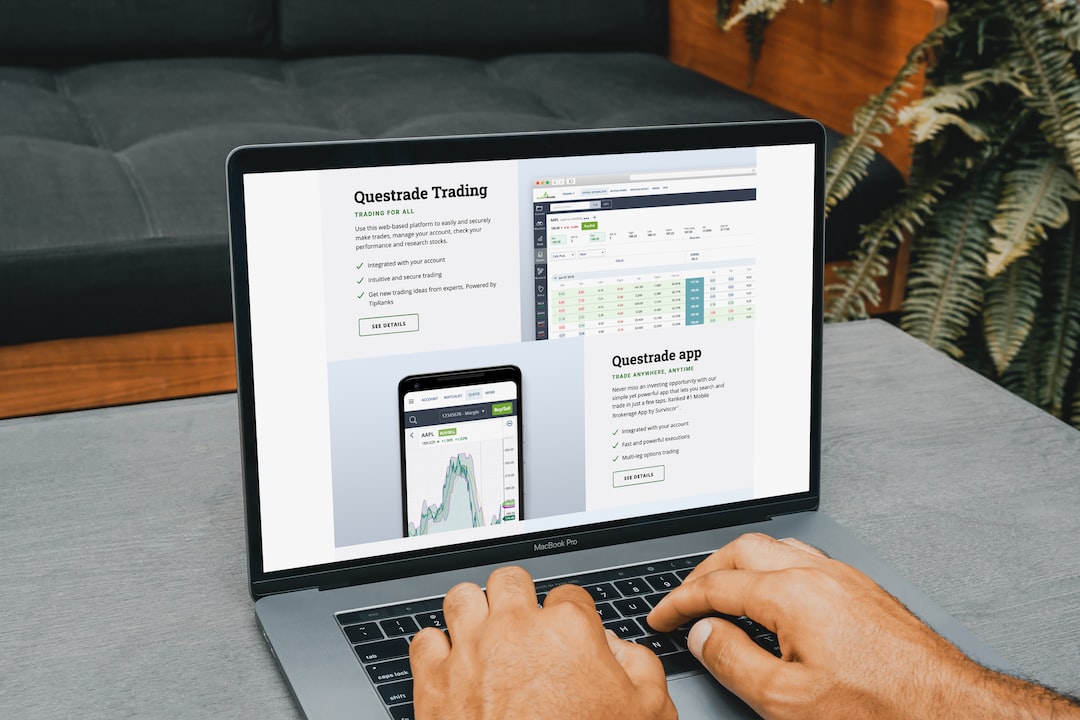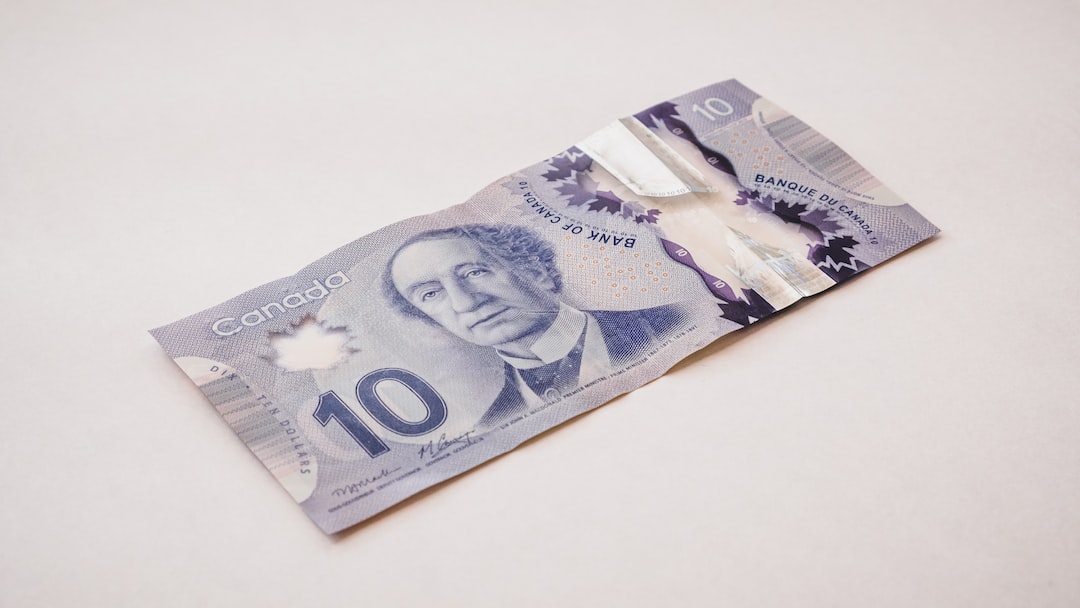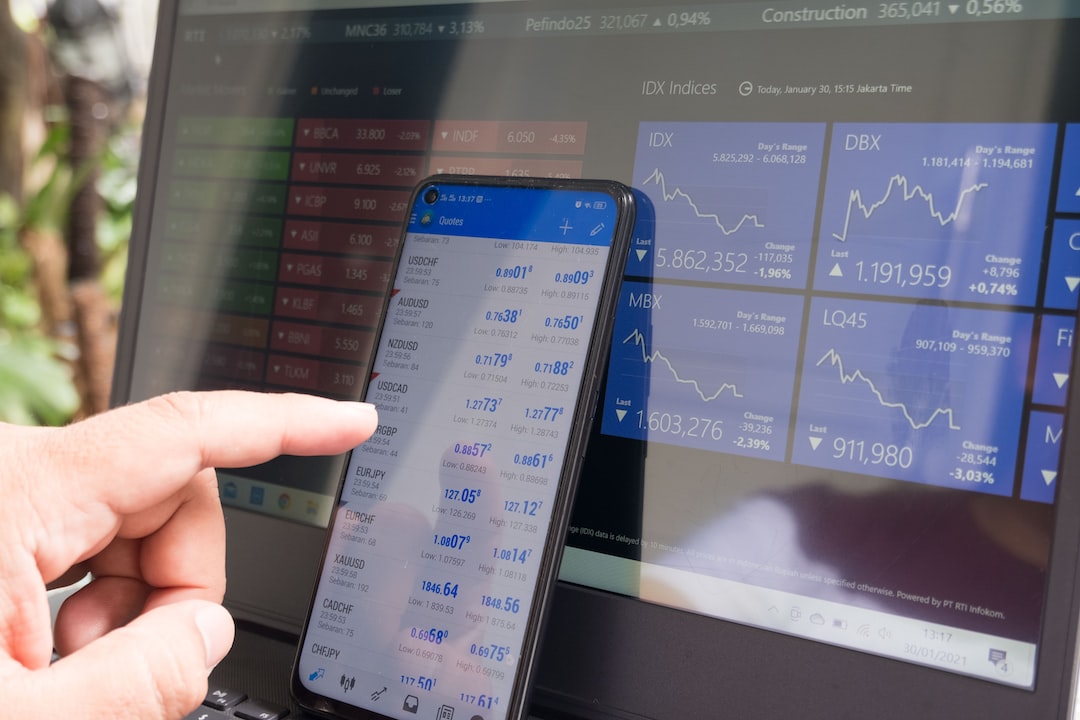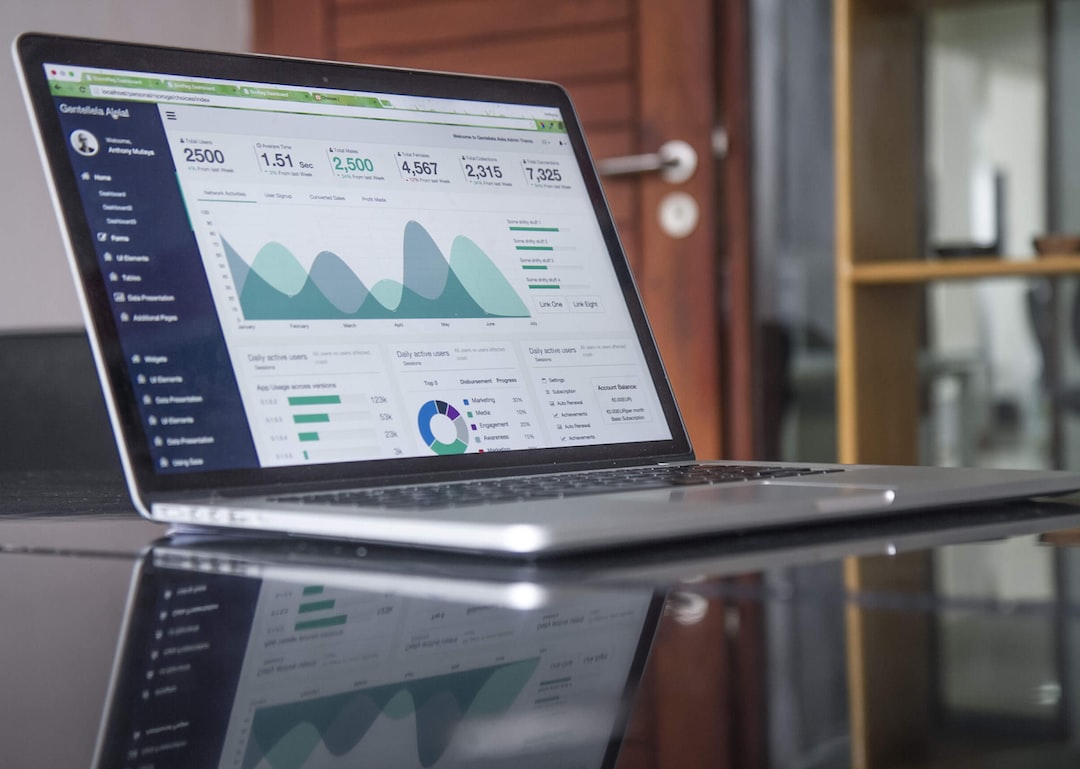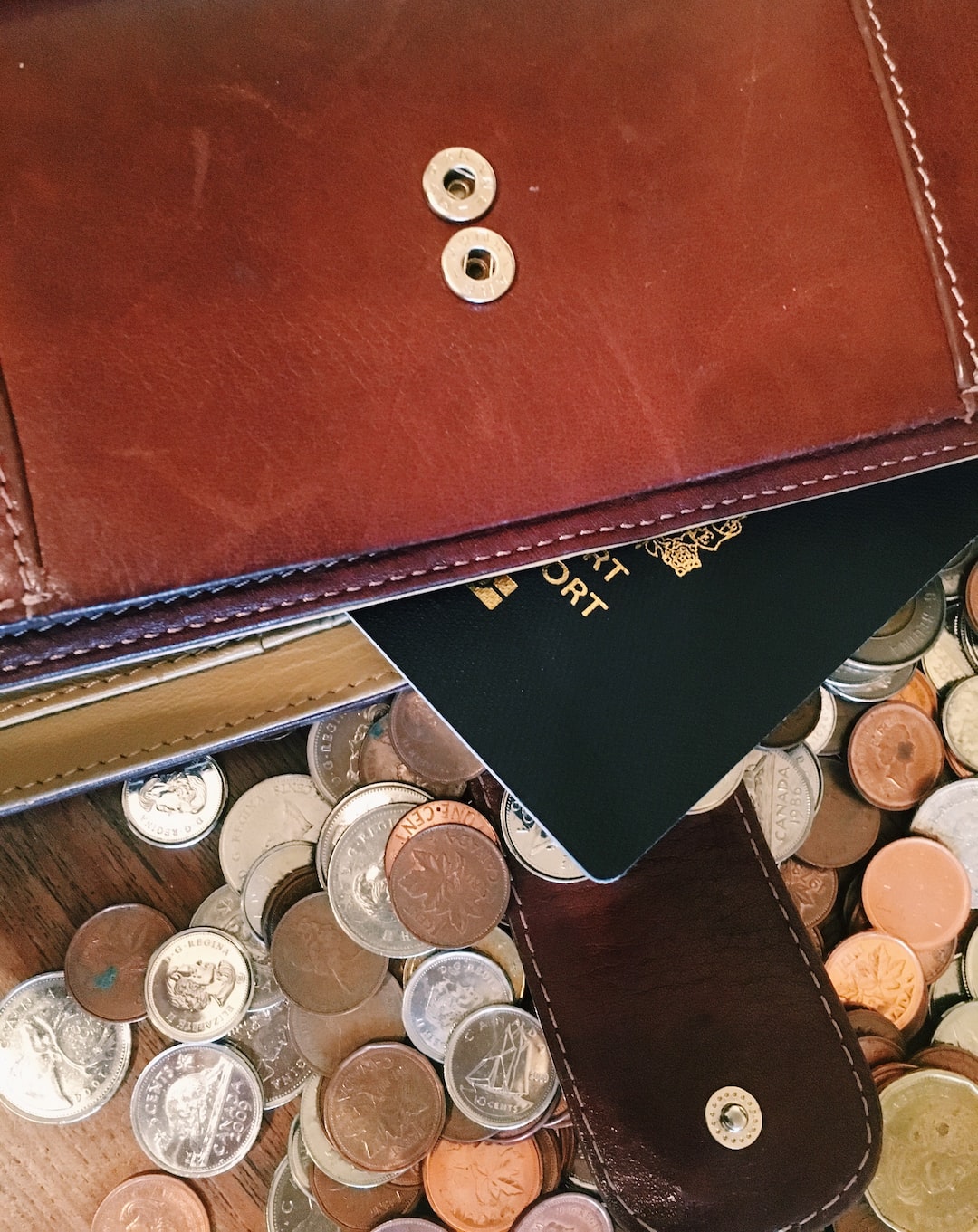Forex auto trading has become increasingly popular in recent years, with more and more traders turning to automated systems to make their trades. This approach to trading offers numerous benefits, including the ability to execute trades quickly and efficiently, as well as the potential to generate profits around the clock. However, there are also several common mistakes that beginner traders can make when using forex auto trading systems. In this article, we will explore these common mistakes and provide tips on how to avoid them.
Mistake #1: Failing to Understand the System
One of the most common mistakes made by beginner traders is failing to understand the forex auto trading system they are using. Some traders may simply rely on the system’s default settings without fully understanding how those settings work, or they may not take the time to learn about the system’s indicators and algorithms. This can lead to poor trading decisions and ultimately, losses.
To avoid this mistake, it is essential to take the time to thoroughly understand the forex auto trading system you are using. This means learning about the system’s indicators, algorithms, and settings, as well as testing the system in a demo account before using it with real money.
Mistake #2: Neglecting Risk Management
Another common mistake made by beginner traders is neglecting risk management. Forex auto trading systems can execute trades quickly and efficiently, but they are not foolproof. There is always the risk of losses, and it is essential to manage those risks properly to avoid significant financial losses.
To avoid this mistake, it is essential to implement proper risk management strategies when using forex auto trading systems. This may include setting stop-loss orders, using trailing stops to lock-in profits, and diversifying your trades across multiple currency pairs.
Mistake #3: Over-Optimizing the System
Another common mistake made by beginner traders is over-optimizing their forex auto trading system. This means tweaking the system’s settings to fit past market conditions, which can lead to poor performance in future market conditions.
To avoid this mistake, it is essential to avoid over-optimizing your forex auto trading system. Instead, focus on creating a system that is robust and adaptable to changing market conditions.
Mistake #4: Failing to Monitor the System
Another common mistake made by beginner traders is failing to monitor their forex auto trading system. While these systems are designed to execute trades automatically, they still require monitoring to ensure that they are performing as expected.
To avoid this mistake, it is essential to regularly monitor your forex auto trading system. This may include reviewing your trading history, analyzing performance metrics, and making adjustments to your system as needed.
Mistake #5: Neglecting Fundamental Analysis
Finally, another common mistake made by beginner traders is neglecting fundamental analysis. Forex auto trading systems are designed to analyze technical indicators and make trading decisions based on those indicators. However, they may not take into account important fundamental factors such as economic data, political events, and central bank policies.
To avoid this mistake, it is essential to incorporate fundamental analysis into your trading strategy. This means keeping up-to-date with economic news and events, monitoring central bank policies, and considering the impact of political events on the forex market.
In conclusion, forex auto trading systems offer numerous benefits to beginner traders, including the ability to execute trades quickly and efficiently. However, there are also several common mistakes that can be made when using these systems. By understanding these mistakes and implementing proper risk management strategies, traders can avoid significant financial losses and achieve success in the forex market.




